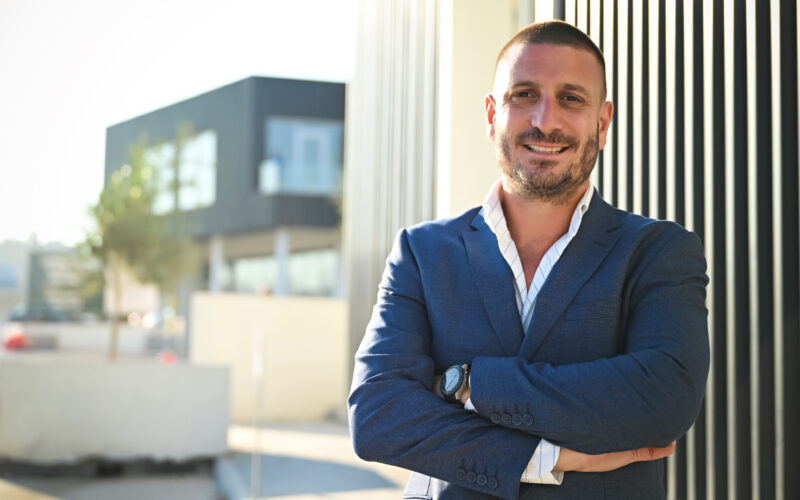
Ruben Vassallo admits that while the COVID pandemic has come and gone, its repercussions are here to stay, especially in the real estate sector, which was turned over its head in just two years. He insists, however that not all consequences are devastating.
“We can try turn challenges into opportunities. Among these challenges is the shift in the office culture. Before the pandemic, we had already experienced a change in tenants’ requests: rather than premises with singular offices, clients were suddenly looking for open plans. Some years later, their focus shifted to recreation and chillout spots.
“Following the pandemic, with several employees now working from home, workplaces have mostly become a place to socialise and hold meetings. Ultimately, the demand for office space remained – we just need to rethink the space. “Similarly, the priorities for those in search of a home have also shifted. While, as expected, demand for apartments might have dropped, people are nowadays looking for bigger home spaces. Most, especially those working from home, are seeking places with a view or a comfortable layout as they know they have to spend more time at home.”
Vassallo Group Realty is therefore currently studying the actual demand for real estate, while making the best use of its strategically placed premises across the island. Among others, at Vassallo Business Park in Burmarrad, a major supermarket chain has started renting out a large warehousing area – measuring some 15,000 square metres – which it has turned into its main distribution centre.
Ruben takes the challenge of maximising return from the company’s real estate investment in his stride, however, he insists “we are not here just to make money”. “We try our best to preserve the Maltese architectural legacy by restoring some of the country’s historical gems, keeping in mind the needs of the clients that will eventually reside in, or make use of the building.”
One recent example of this is Santa Rosa in Mosta, which is made up of two houses previously owned by two siblings and their families. “These two typical townhouses, built in the 1960s, are very reminiscent of grandparents’ houses. We have tried to retain as many features as possible, including the entrance hall, the façade and craftsmanship that cannot be easily replicated. “A building does not have to be 100 years old to be of value. Over the past years we have conserved 50-year-old buildings that and are not scheduled, because we value the architectural process of all eras.
“Whenever we find some fine craftsmanship, we try preserve it, just as we have done at Santa Rosa. One such feature is the indoors decoration (lavur) in the entrance hall, which we will also be replicating and reinterpreting in exposed concrete style in the remaining of the building, creating a contrast between the old and the new features.”
The rooms will also be painted in various vibrant colours, reminiscent of the time when the two houses – now one – were originally built. Despite having one main entrance, each floor will have its own exclusive common area and semi-independent apartments for clients. “The project is exciting because while pushing architectural boundaries to blend the old with the new, we are, most importantly, creating an environment – away from institution-like settings – where residents can live independently and feel like they are at home.”
